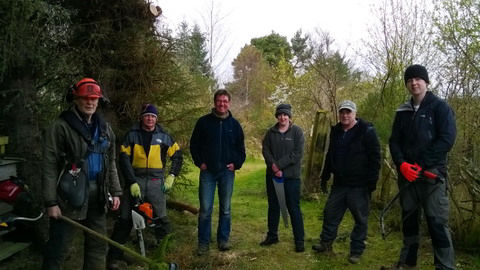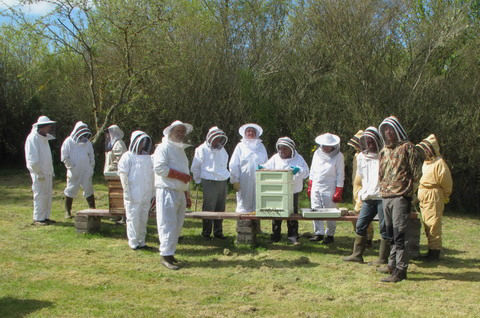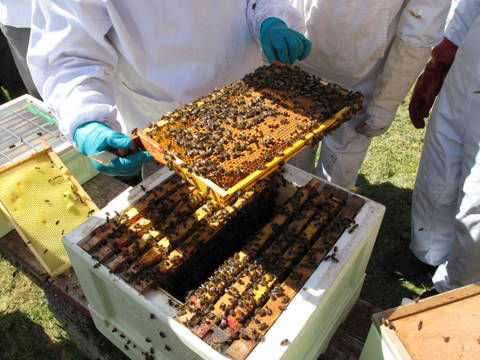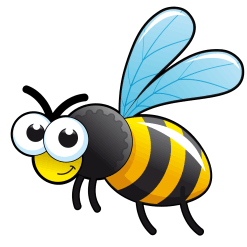
Maintenance
We strongly believe that proper maintenance will create favorable conditions for our honey bees. Keeping our apiaries structure strong and 'homey' is key to promoting healthy honey harvests; and will help prevent the insects from absconding.

Meets and Greets
The Association's meetings are held to enable members to contribute to the upkeep of apiaries and for beginners to gain hands-on experience from senior beekeepers. Whatever your bee skill level we welcome you to join us!

